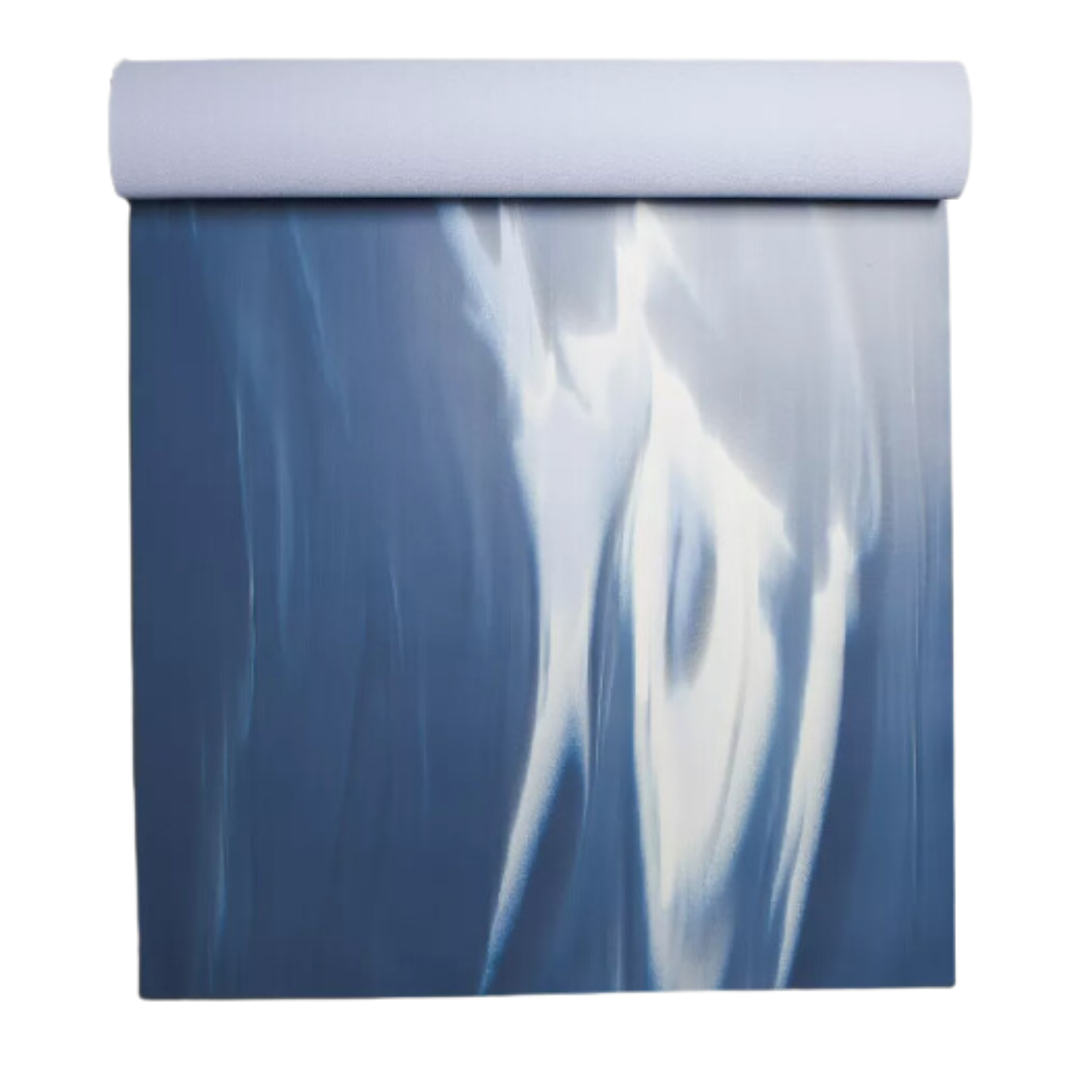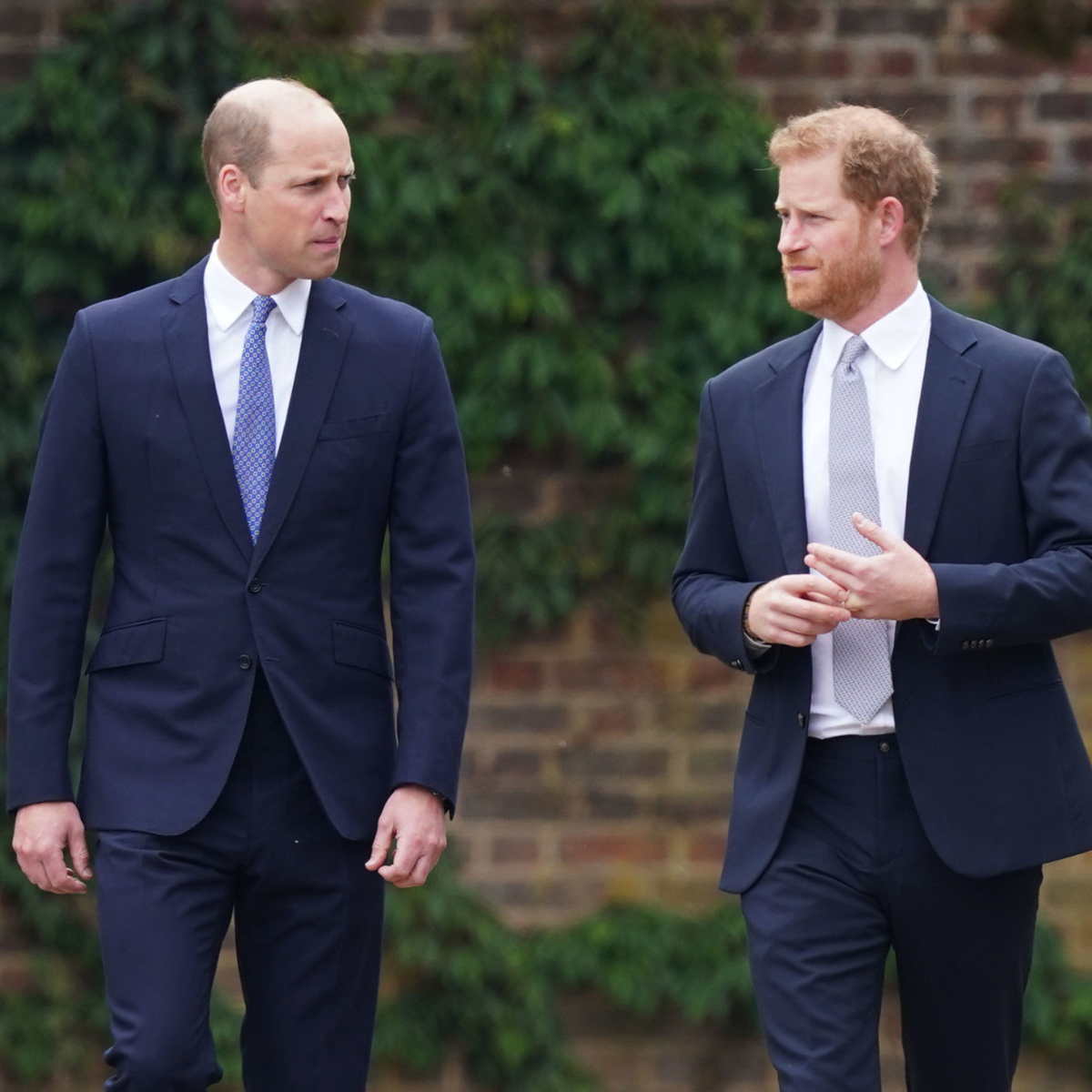I tried Pilates roll-downs every day for a week - and was amazed at how quickly it eased years of stiffness
Consider my spine more mobile than before.
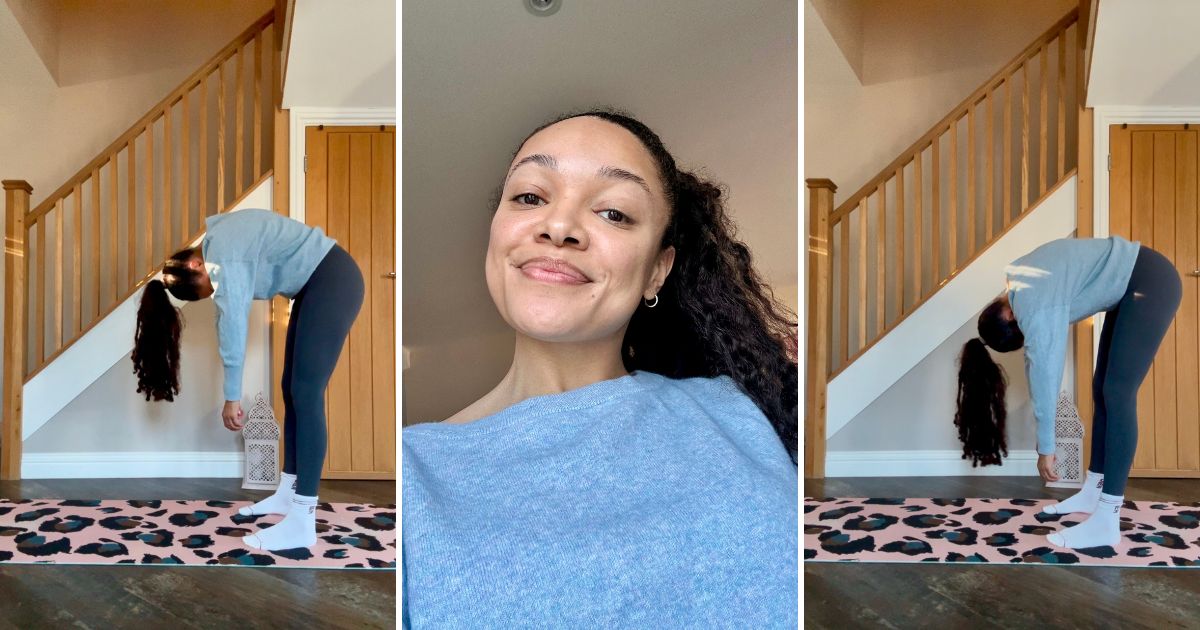

If there’s one thing about me, it’s that I’m a very willing participant when it comes to trying out an exercise or form of fitness that’s going to make me (and my back, shoulders and neck) feel great. This is where completing the Pilates roll-down every day for a week comes into the mix.
Over the years, I’ve tried many challenges to help boost my flexibility and mobility and ease away some tightness felt in these areas. From completing a downward dog every day (a firm fave!) to doing cat cows every day of the week (another big tick in my books). But, IMHO, you can never have too many individual yoga stretches and Pilates exercises in your back pocket.
So, what is a Pilates roll-down, I hear you ask? And how does it work? “A Pilates roll down is a beginner Pilates move where we go from standing to a ‘toe touching’ position by sequentially rolling through the spine on the way down and then restacking the spine vertebrae by vertebrae on the way back up,” explains Rebecca Dadoun, Pilates instructor and founder of Pilates Prescription. “The roll down improves spine mobility, is a great move for body awareness, uses core strength, and is a great move to teach us how to sequentially move our spine.”
Sounds pretty delightful, by any account. Which is why I decided to put the move into practice. To discover what happened when I included the Pilates roll-down into my daily regimen, keep scrolling. I also spoke to experts to discover the benefits this move brings and some tips on form.
While you're here, do read up on the rest of our Pilates content. From how often you should do Pilates to the best 10-minute Pilates workouts and the best free Pilates workouts, according to experts. Or, for more first-person reviews, dive into what happened when writers tried completing Pilates leg circles every day, Pilates clams every day, and Pilates roll-ups every day, too.
Pilates roll-downs promise to be a reset for my spine - so I tried them for a week
What is a Pilates roll-down?
“A Pilates roll-down is a controlled movement where you articulate through the spine one vertebrae at a time, folding forward from a standing position,” says Sam Deville, a Pilates instructor and founder of the dynamic online platform Sam Deville Pilates. “It’s performed slowly and deliberately, allowing you to mobilise the spine, stretch the back of the body, and connect to your core and breath."
On the surface, this movement might look simple - you're essentially rolling your spine down and your hands toward the floor. "But that’s the magic of it," Deville says. "When done well, it’s incredibly effective at waking up the body.”
Marie Claire Newsletter
Celebrity news, beauty, fashion advice, and fascinating features, delivered straight to your inbox!
“It’s actually part of an exercise in Joseph Pilates’ original 34, coupled with a push-up once you get down to the floor,” explains Abby McLachlan, Pilates instructor and founder of East of Eden. “These days, the roll-down element of the exercise is often taught at the start or finish of a class, as it’s a great reset for the spine.”
@pilateswithashlea ♬ streets x kiss it better - sped up - INDRAGERSN
What are the benefits of a Pilates roll-down?
From toning your muscles to boosting your posture, the benefits of Pilates are widely known. So, how does the roll-down fare?
“It's a really good exercise for spinal flexion and mobility,” McLachlan says. That's because, by bending forward, you are taking your spine through one of the fundamental movement patterns.
“It also uses the abdominals to control the movement articulating the spine forward, it can help with back and neck tension," McLachlan says. Which, if you're anything like me and spend hours hunched up behind a desk in one position, is a godsend.
McLachlan says it's a powerful exercise for posture and alignment, with research backing this up. According to a 2024 review, researchers concluded that there is ‘valuable evidence’ for the role of Pilates in improving body posture problems. “Pilates is a boon to patients suffering from postural disorders, and it is suggested that Pilates can be widely used as a complementary therapy,” researchers noted. A further 2016 study found that just sixteen sessions of Pilates resulted in a positive impact on postural alignment in healthy adults.
Deville is another big fan of the roll-down, stating: “There are so many benefits packed into this one movement”. Deville adds that the roll-down can help with gently stretching the hamstrings and calves, engaging the deep core muscles (particularly during the roll-up), and building breath awareness and mind-body connection.
“It’s also a great diagnostic tool,” the expert says. “You can learn so much from how your spine moves, how far you can reach, or where you feel tightness or hesitation," she says. "It’s a movement I come back to daily, especially if I’ve been at a desk for too long.”
How to perform a Pilates roll-down with good form
According to Deville, to perform a Pilates roll-down with the correct form:
- Start by standing tall, with the crown of the head reaching towards the ceiling, your feet hip-width apart, and your arms relaxed by your sides.
- Take a deep breath in. As you exhale, nod your chin to your chest and begin to peel down through the spine - bending through your upper, middle, then lower back one vertebrae at a time - allowing your arms to hang loosely.
- Keep the knees soft and stop where you feel a natural stretch, not strain.
- At the bottom, let everything release with no tension in the neck, shoulders or arms.
- Inhale, then exhale to reverse the movement: slowly rebuild the spine from the base up, gently engaging the core and glutes, until you return to standing.
What I learned from doing a Pilates roll-down every day for a week
Before I take you through what I learned with this challenge, it's worth noting that the instructors I spoke to say that completing a roll-down every day should be fine. But Pilates instructor Dadoun says that modifications should be made if you have any injuries or lower back pain. The same goes for those who are pre and post-natal.
Therefore, the expert notes: "Pilates is safe for most people, but always check with your doctor before starting any program. And obviously, if you suffer with any specific conditions including pre and post-natal, find a program specific to your needs or work 1:1 with a teacher."
Days one to three
The older I get, the more I’m actively looking for more forms of fitness that make me feel great - and Pilates is no exception. Having spoken to experts and read up on the long list of benefits, when day one of my Pilates roll-down rolls around, I’m looking forward to getting started.
After finding my exercise mat, I adopt the correct position with my feet hip-width apart and my arms relaxed by my sides. I take my time as I roll down through my spine, vertebrae by vertebrae, already feeling some tension in my neck melt away as I tip my chin towards my chest.
I must admit, it feels a little silly just hanging in this position. Plus, everything in my body is telling me to keep a flat/straight back, as keeping my curved spine almost goes against everything I have been taught about resistance training (which is another type of fitness I swear by). However, I take my back through spinal flexion and let my arms and head just hang for a good few seconds, taking a couple of inhales and exhales before engaging my core and making my way to the top of the move.
Along with feeling some tightness ease from my back, I also notice that this move is great for stretching out my entire posterior chain in just one move. I repeat this twice more, each time feeling a sense of tension relief in the back of my body.
After the first couple of days had passed, I learned that the key thing with this move is that slow and steady wins the race. Yes, you can certainly rush through this move, but IMHO, you won’t feel the benefits of doing so. It's satisfying to move every vertebra in your body one at a time. Doing so helps reveal where you're holding more tension (hello, thoracic spine).

Becks mid Pilates roll down during her week long challenge
Days four to seven
One of the great things about the Pilates roll-down is that it can be done pretty much anywhere. During the next few days, I play around with where and when I perform my reps. For example, I complete them straight after hopping out of bed, and I reset my posture after I’ve sat down at my desk for a couple of hours. I even complete them when I’m waiting for the coffee machine or kettle to do its thing.
During days four to seven, my core muscles were a little achy. On the surface, it’s easy to think that the Pilates roll-down is only using the posterior muscles — you are giving them a very thorough stretch, after all.
But this power-player move tests your balance and core as much as stretching out the muscles in your back. That’s because as you’re re-stacking your spine on top of each other but you're using your core (and balance) to do so with control. No joke, but at the end of the week, it feels like my core can fit together more tightly and my balance is a little more developed, no matter whether the majority of my weight is hanging over my toes or I'm standing up straight.
Just like my downward dog challenge, I’ve ended my Pilates roll-down week feeling like this is another surefire way to check in with my body and really listen to how it's feeling by articulating my spine forward. Come day seven, back stiffness hasn't magically disappeared, but it certainly has eased. The same can be said for the tension I was holding in my neck and shoulders, too. These are all wins if ever there was one!
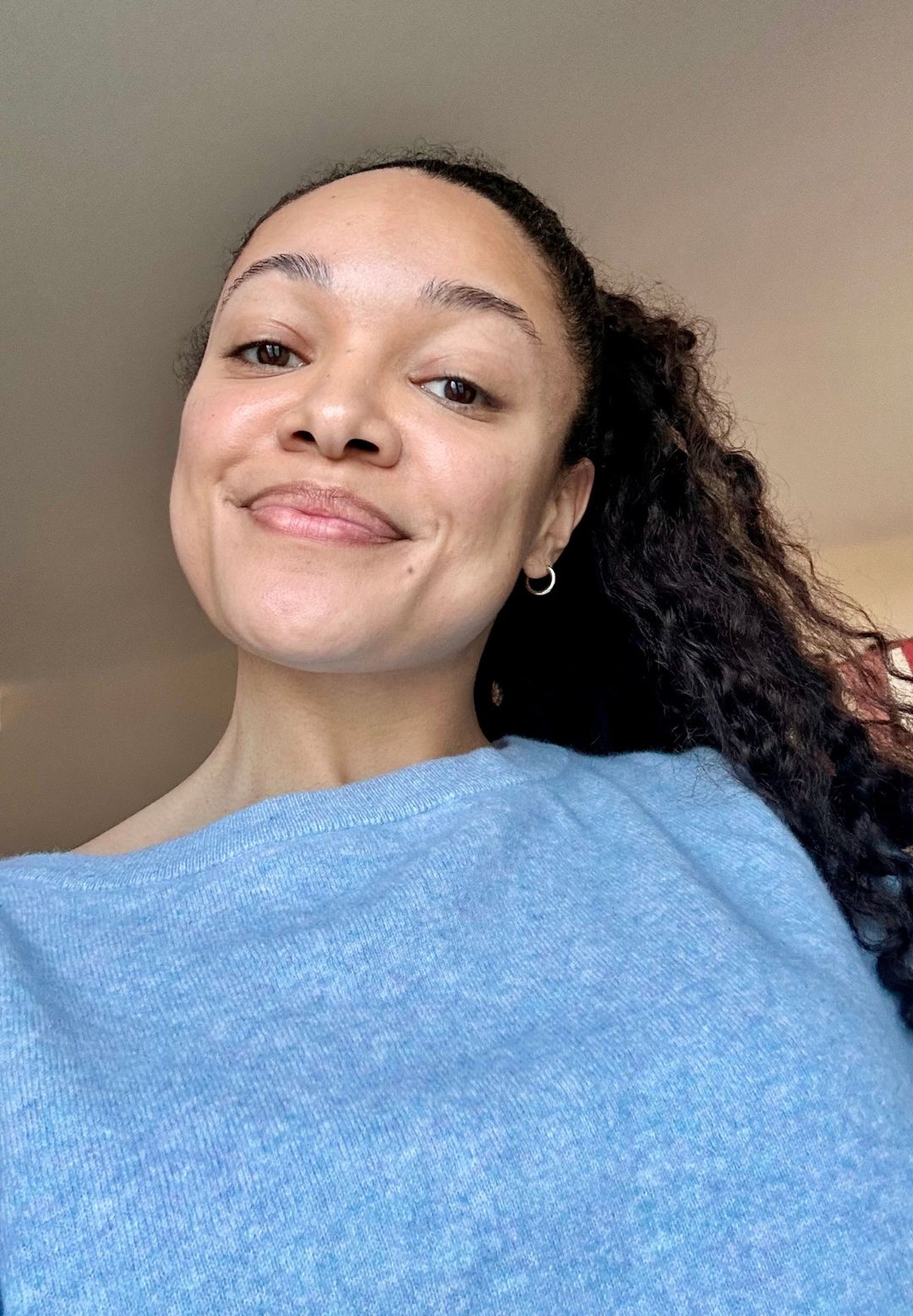
A selfie of Becks post Pilates roll down
Shop MC UK's go-to Pilates kit now:
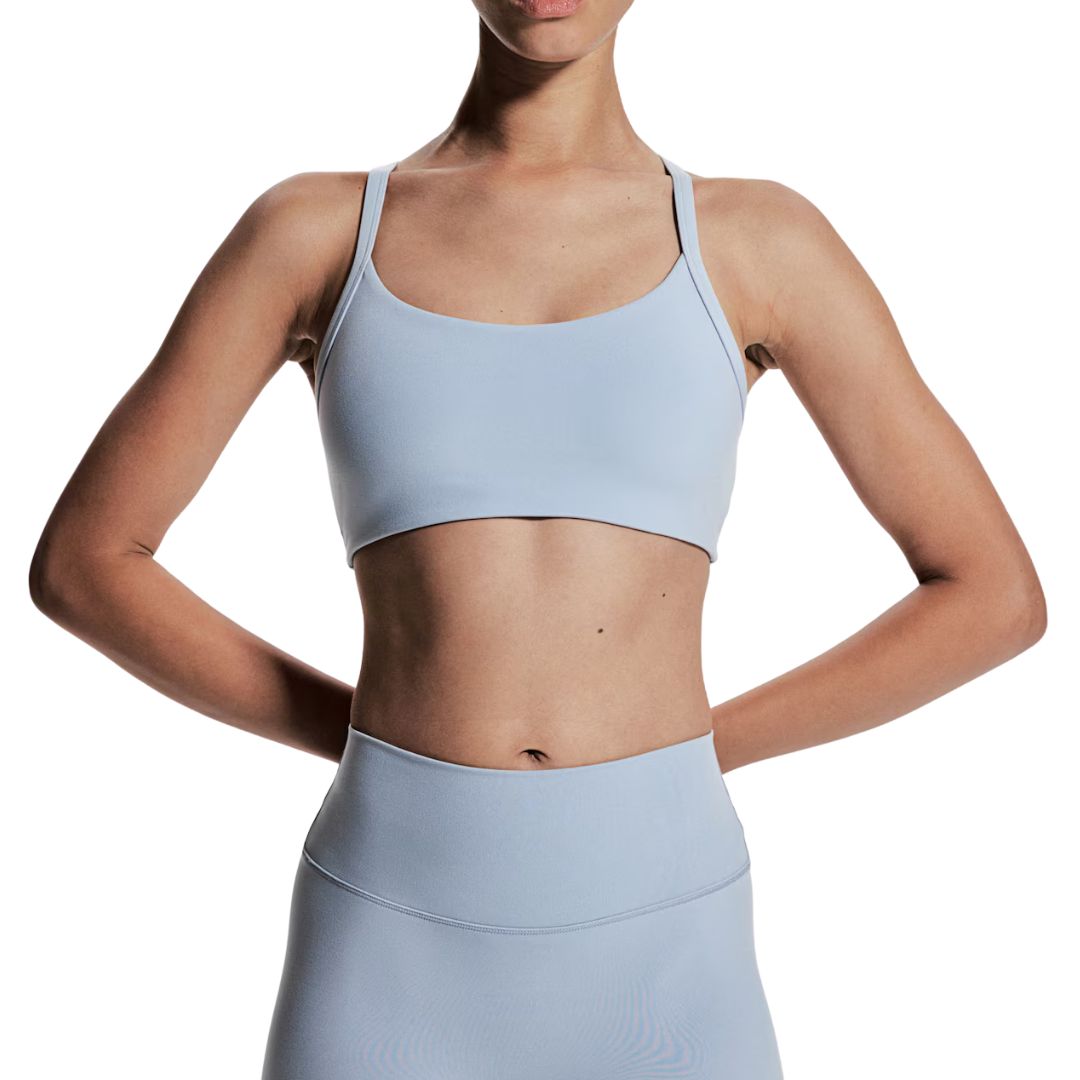
When you’re too busy concentrating on your form, uncomfortable workout gear is the last thing you want to think about. But that's where this super soft sports bra, which has clever moisture-wicking technology, is worth its weight in gold. Available in five other colourways, there’s a hue for most days of the week.

Your balance will be tested with the Pilates roll-down move. So it’s worth adding some grip socks to your Pilates arsenal. The good news is you don’t have to spend a fortune to take your grip up a notch - costing under a tenner, these pretty pastel-coloured socks are just the thing.
What happens if you do Pilates every day?
“Daily pilates can help with posture, core strength and stability, as well as a greater degree of mobility and flexibility,” Abby McLachlan, Pilates instructor and founder of East of Eden says. “The focus on breathing can help with better breathing patterns throughout the rest of your life and can reduce stress and help with sleep,” the expert adds.
Of course, as McLachlan notes, rest days are important. But adds: “Because Pilates can be quite gentle, you can easily still do a few roll downs and some spinal rotations and side bends even on a day when you are resting.”

Rebecca, or Becks, is a freelance journalist with more than ten years of experience in the industry. She specialises in all things health and lifestyle and has written for a number of brands including Women's Health, Stylist, the Evening Standard, Good Housekeeping, The Telegraph, Live Science, Tom's Guide and Fit&Well. Becks also writes copy for a number of brands and small businesses.
When she's not weight training, tracking down the best gym leggings, reading a book or at her desk typing away, you'll find her in the kitchen perfecting a new recipe or bake.
-
 Back to Back but Keen To Build Muscle? 6 Core Workouts Under 10 Minutes That Top Experts Swear By
Back to Back but Keen To Build Muscle? 6 Core Workouts Under 10 Minutes That Top Experts Swear ByGrab a mat and get to work.
-
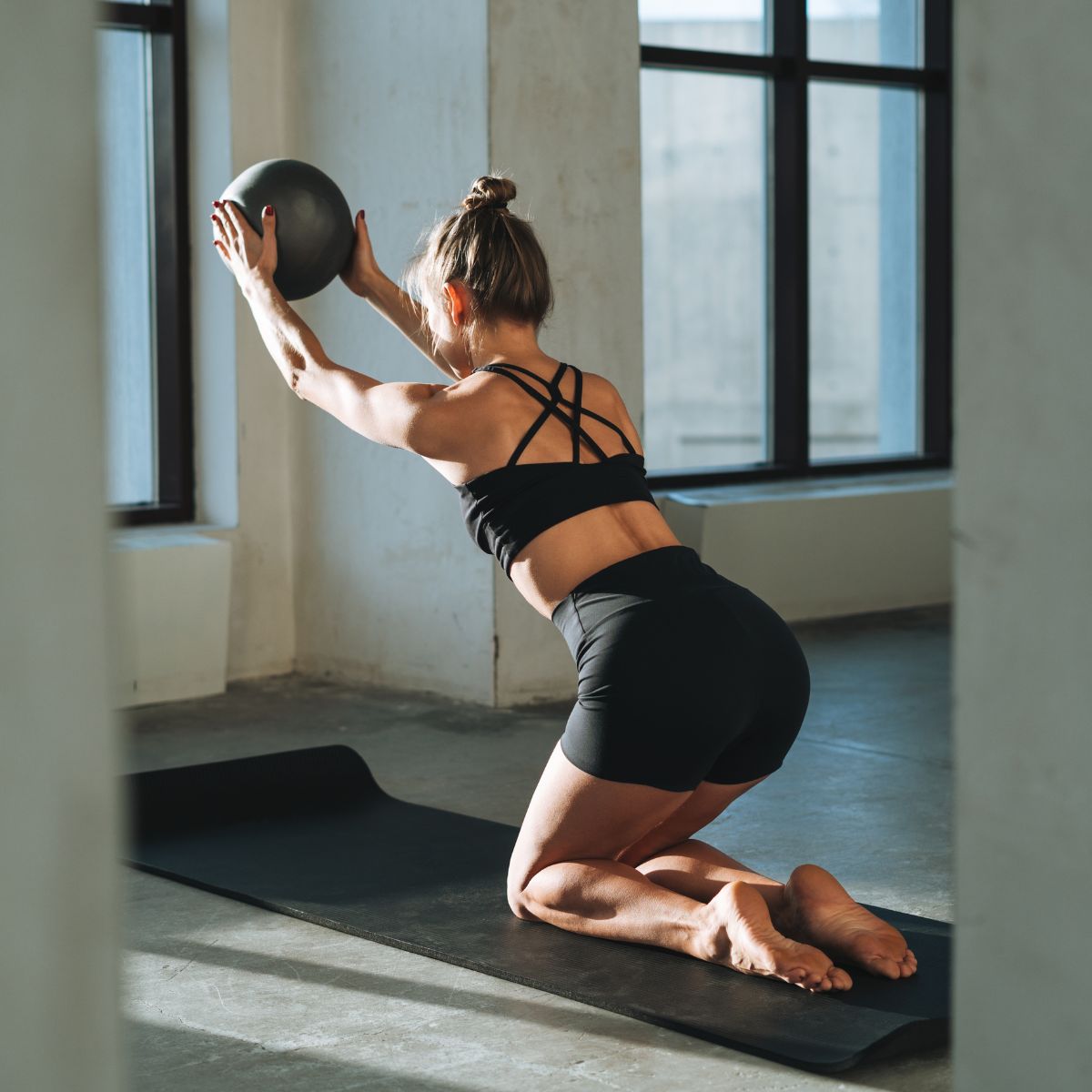 I’ve been practising Pilates religiously for over a year and a half - these are the at-home exercises I swear by for boosting flexibility and strength
I’ve been practising Pilates religiously for over a year and a half - these are the at-home exercises I swear by for boosting flexibility and strengthThe fail-safe moves to master.
-
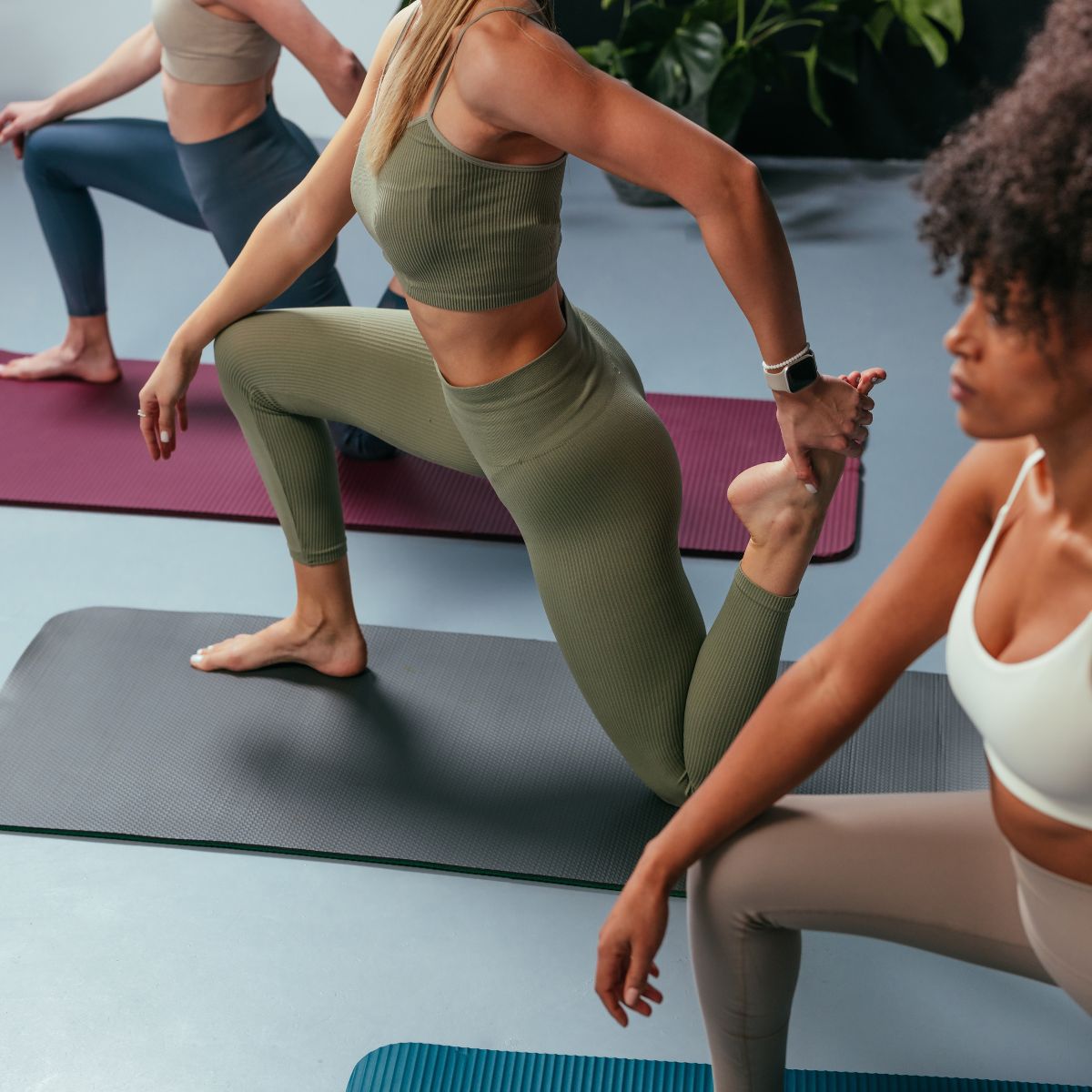 Short on time but keen to get strong? These are the best 15-minute full-body workouts coaches do themselves
Short on time but keen to get strong? These are the best 15-minute full-body workouts coaches do themselvesBecause getting strong shouldn't have to take all day.
-
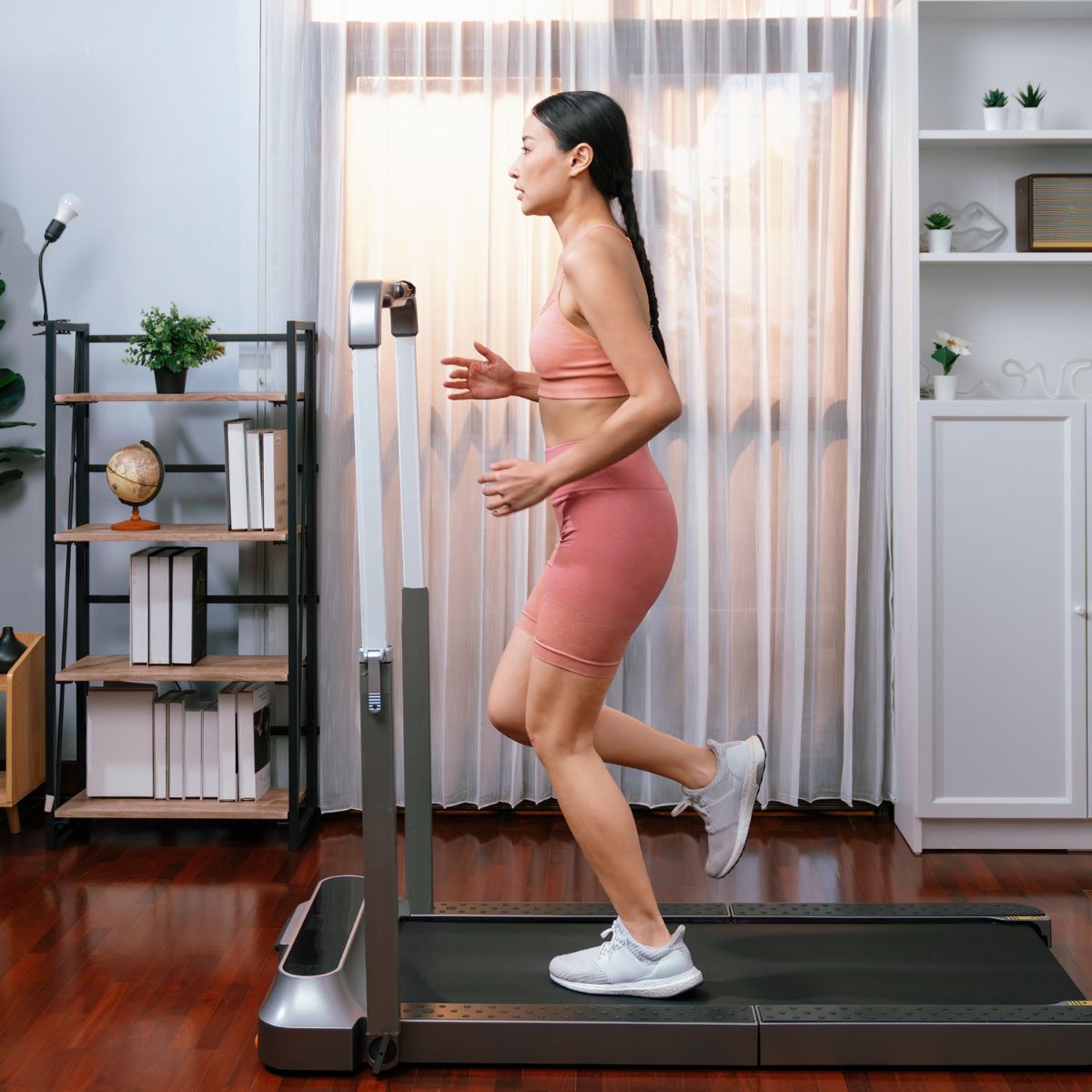 It's the most in-demand piece of fit kit RN - 6 best walking pad workouts for boosting muscle and cardio fitness
It's the most in-demand piece of fit kit RN - 6 best walking pad workouts for boosting muscle and cardio fitnessBookmark these for later.
-
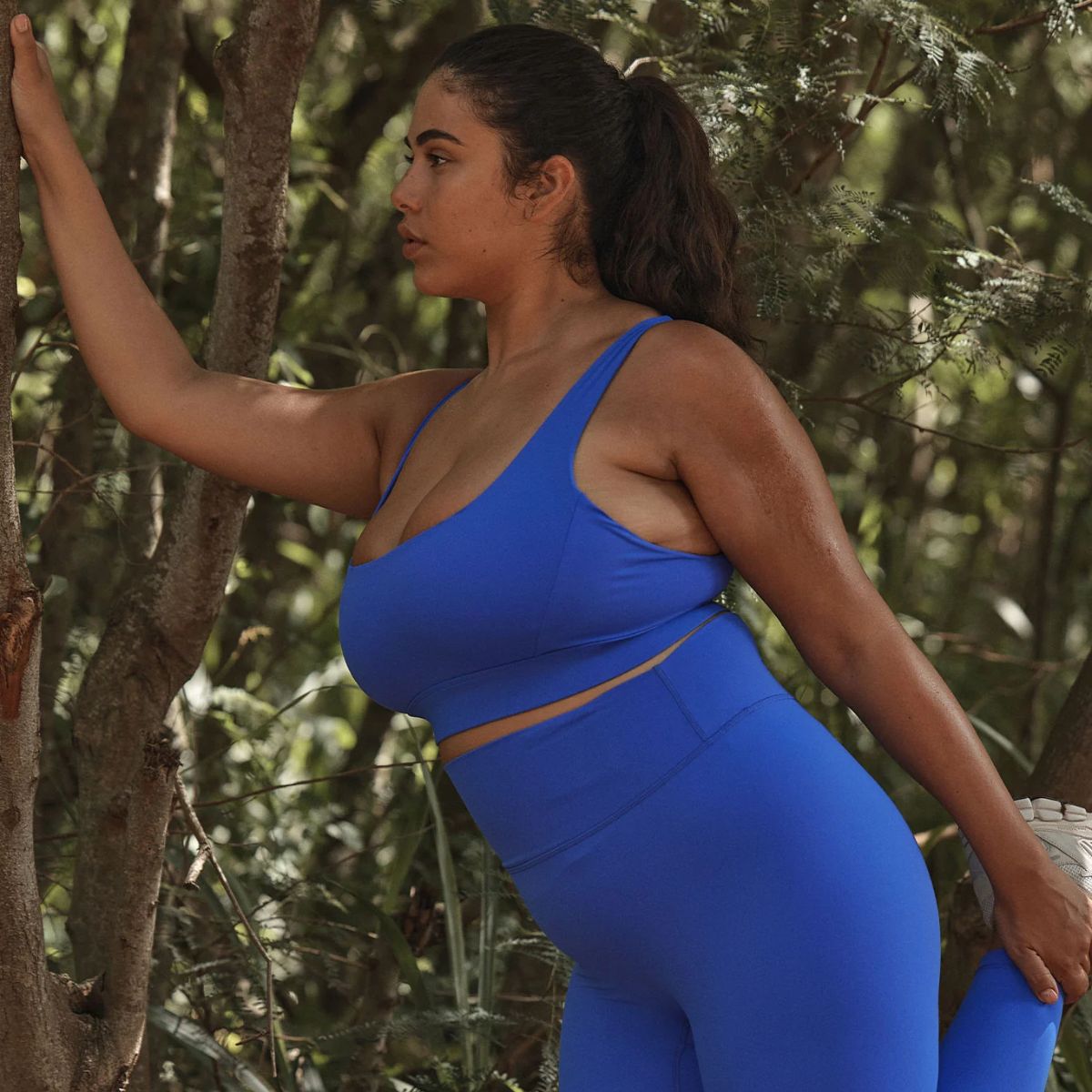 Bored of drab exercise gear? Behold, our Editors' 6 favourite Reformer Pilates sets for a chic sweat session
Bored of drab exercise gear? Behold, our Editors' 6 favourite Reformer Pilates sets for a chic sweat sessionWorking out has never looked so good.
-
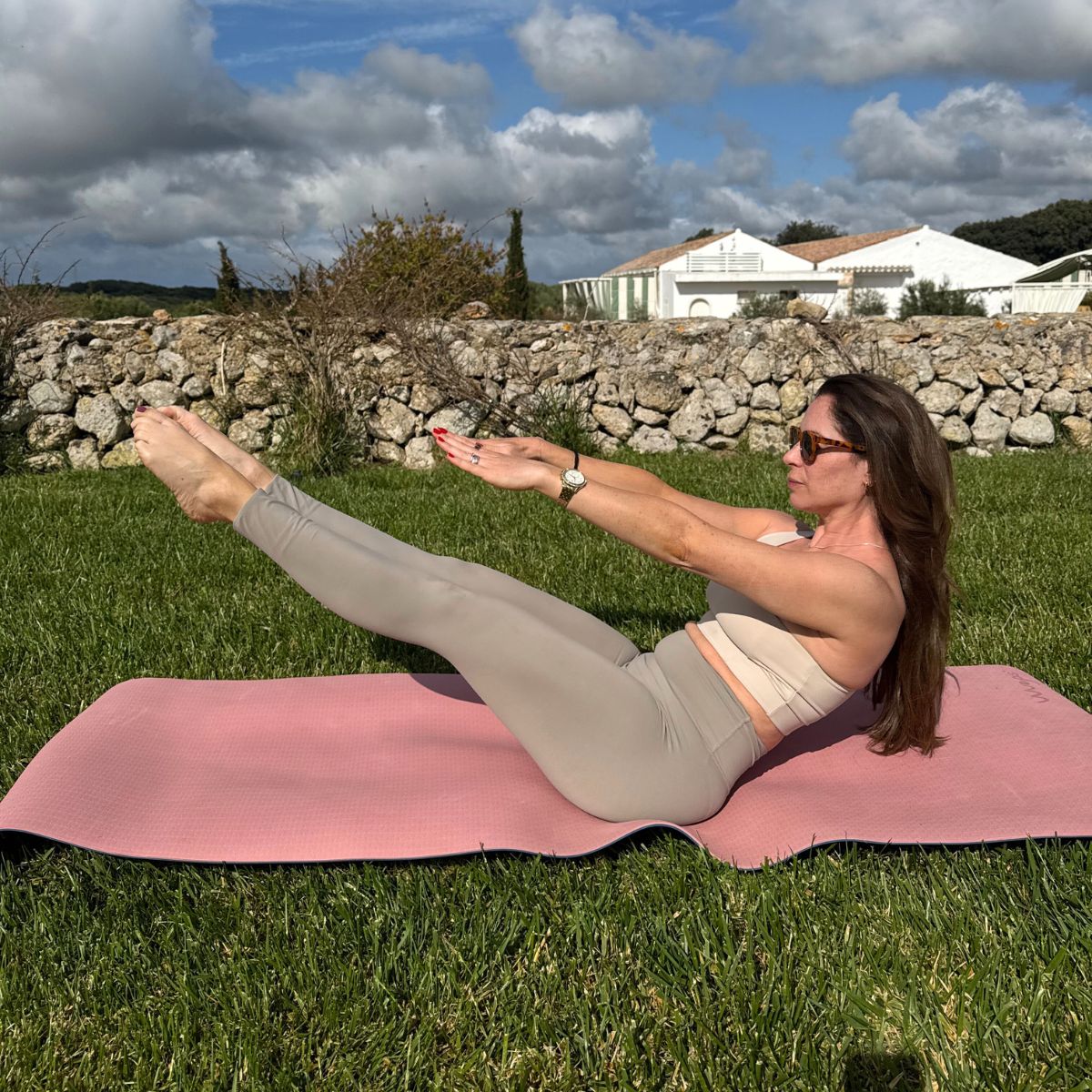 I tried one of the most advanced moves, the Pilates teaser, every day for a week - and wow, it was challenging
I tried one of the most advanced moves, the Pilates teaser, every day for a week - and wow, it was challengingThis one's not for the faint hearted.
-
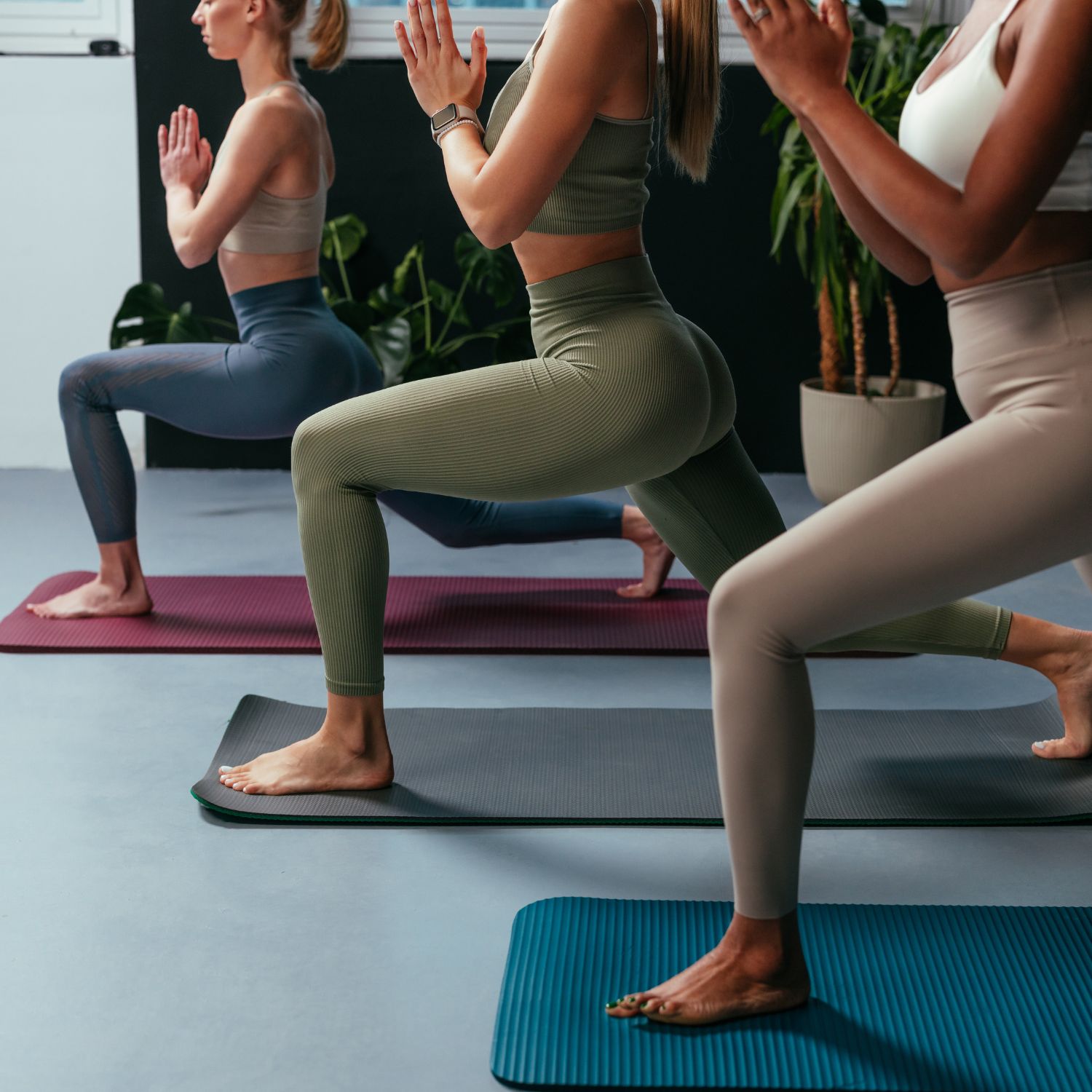 Low impact workouts are all the rage RN - 7 best sessions for building muscle without risking injury
Low impact workouts are all the rage RN - 7 best sessions for building muscle without risking injuryEffective workouts that don't put pressure on your joints.
-
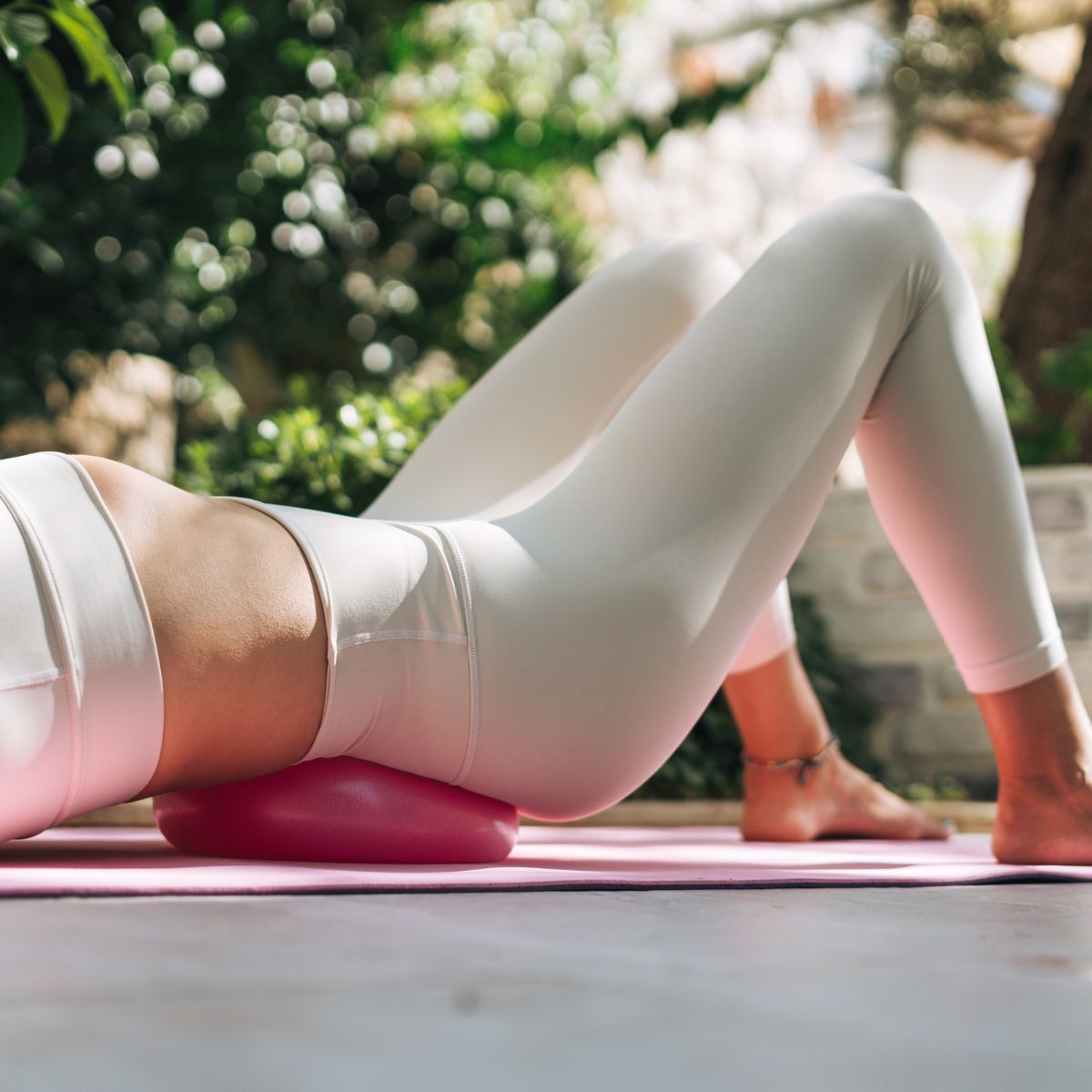 No Reformer? No problem - the 6 best Pilates balls are a ridiculously affordable way to add resistance to your workout
No Reformer? No problem - the 6 best Pilates balls are a ridiculously affordable way to add resistance to your workoutAnd they hardly take up any space

